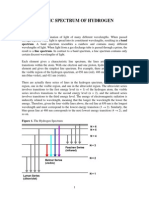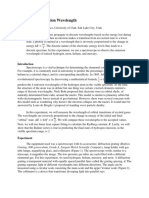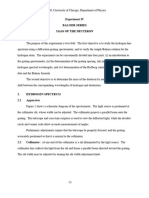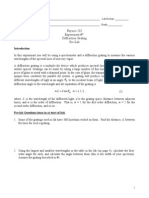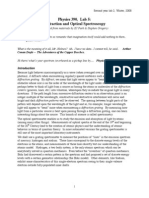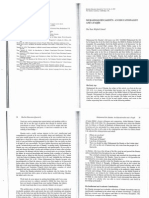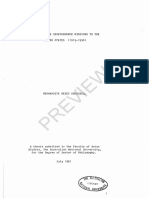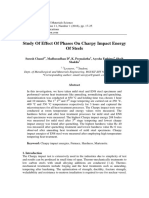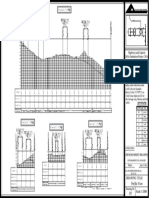0% found this document useful (0 votes)
55 views8 pagesModern Physics Lab Report
The lab report outlines an experiment to determine the wavelength of the H-alpha emission line of hydrogen and the value of Rydberg's constant using a hydrogen gas discharge tube and a spectrometer. It details the theoretical background based on the Rutherford-Bohr model, the procedure for conducting the experiment, and the necessary precautions to minimize errors. The report includes calculations, observations, and considerations for accurate measurements.
Uploaded by
Krishna RaghuwanshiCopyright
© © All Rights Reserved
We take content rights seriously. If you suspect this is your content, claim it here.
Available Formats
Download as PDF, TXT or read online on Scribd
0% found this document useful (0 votes)
55 views8 pagesModern Physics Lab Report
The lab report outlines an experiment to determine the wavelength of the H-alpha emission line of hydrogen and the value of Rydberg's constant using a hydrogen gas discharge tube and a spectrometer. It details the theoretical background based on the Rutherford-Bohr model, the procedure for conducting the experiment, and the necessary precautions to minimize errors. The report includes calculations, observations, and considerations for accurate measurements.
Uploaded by
Krishna RaghuwanshiCopyright
© © All Rights Reserved
We take content rights seriously. If you suspect this is your content, claim it here.
Available Formats
Download as PDF, TXT or read online on Scribd
/ 8



